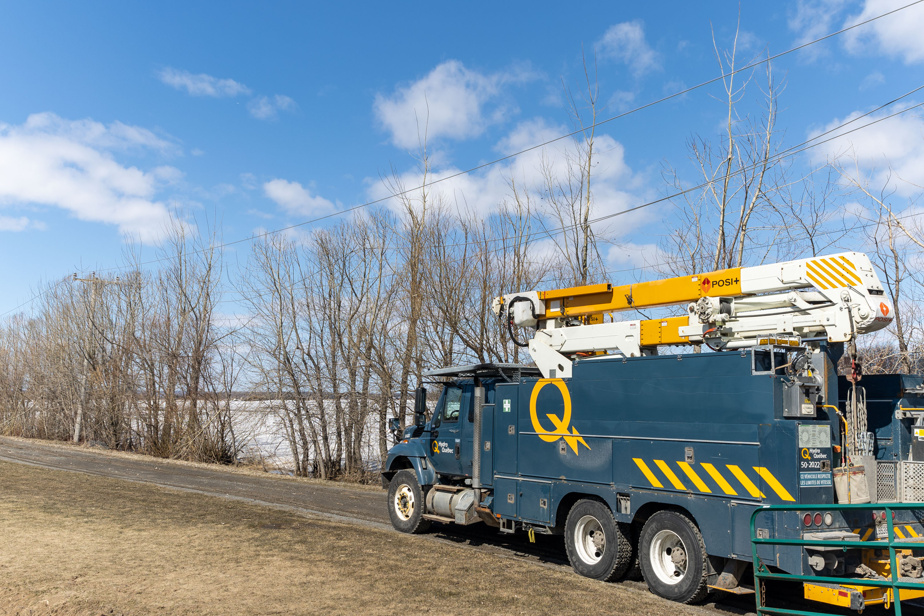In his text published on June 21, professor and municipal councilor Vincent Fortier asks Hydro-Québec to clarify its orientations regarding the place of gas in the building sector.
We would first like to reassure him: in addition to being an ally of decarbonization, Hydro-Québec has great ambitions in this area. However, for us to be able to achieve our objectives, it is necessary to implement the principles of efficient electrification, which implies for some buildings the use of other energy sources during the winter peak.
To make the energy transition a success, we benefit from a well-filled toolbox of programs and financial assistance, which includes, among other things: LogisVert, heat pumps, heat accumulators, dynamic pricing, Hilo and the dual-energy offer.
The a bc of dual energy
Dual energy is an effective decarbonization measure that will allow a very significant, rapid and cost-effective reduction in GHG emissions from buildings. It is unrealistic to think that the heating systems of all buildings in Quebec can be converted to 100% electricity overnight.
The energy transition puts immense pressure on the electricity grid. If we chose the all-electric path in the building sector, other transition projects could not be carried out at the desired pace.
The result of an unprecedented agreement with Énergir, the dual-energy offer with electricity and natural gas (not to be confused with dual-energy, which uses fuel oil) makes it possible to greatly reduce the consumption of natural gas in heating right now. buildings.

PHOTO ROBERT SKINNER, LA PRESSE ARCHIVES
Énergir head office in Montreal
The goal? Replace the natural gas boilers of Énergir’s current customers with dual-energy systems that use electricity, our clean energy, most of the time. During consumption peaks, in very cold weather, the natural gas network will take over, thus avoiding adding a significant load to the electricity network at times when it is already heavily used.
Customers who are currently 100% dependent on natural gas will therefore be supplied with electricity for at least 70%, depending on the severity of the winter. Result ? A reduction of 540,000 tonnes of greenhouse gases (GHG) by 2030.
Let’s be clear: the idea is not to exempt Hydro-Québec from its obligation to serve new residential or commercial customers. Moreover, the clientele targeted by the dual-energy offer is essentially Énergir’s existing clientele.
However, we know that some new buildings, especially businesses, choose gas. In their case, dual energy proves to be a much less GHG-emitting solution than entirely natural gas systems. In addition, Énergir recently committed to using 100% renewable natural gas, starting in 2024, for new connections to its network.
The importance of working together
It is important that the dual-energy offer can be deployed. We understand that municipalities wish to adopt by-laws with the objective of reducing GHG emissions on their territory and we share this objective. We want to work with them to support them in implementing the right decarbonization strategies while taking into account the overall vision for Quebec.
This is what we wanted to emphasize through our interventions with municipalities in recent weeks. We are also taking part in the decarbonization process that the Union des municipalités du Québec (UMQ) set up and announced at the organization’s meeting last May.
In short, Hydro-Québec will continue to be a powerful ally in Québec’s social and economic development, including in the decarbonization of buildings.

